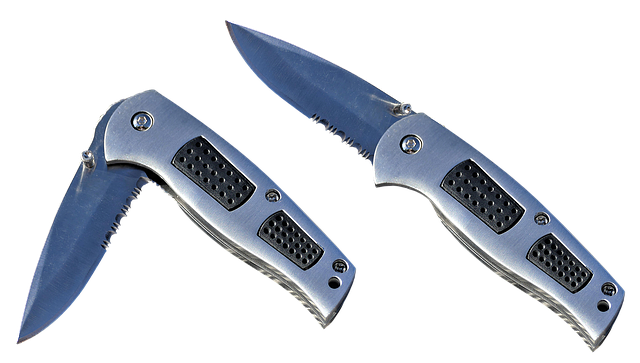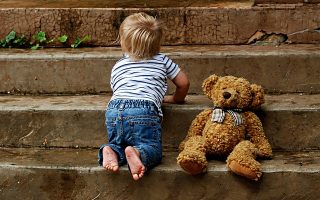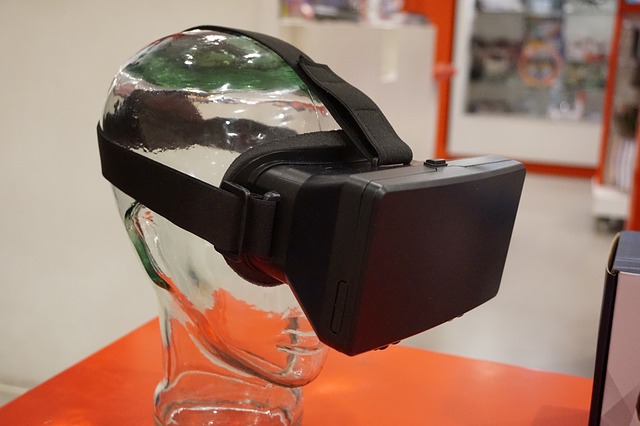There are stories of teen or child stabbings in the news regularly. Sometimes they appear to be linked to gangs and other times it feels like a lone child, so why does it happen?
Why do children carry knives?
A knife is a very personal weapon, it’s there for people who will be close to us, people who we intend to let close to us. This implies that if we are carrying it for self-defence then we expect the person threatening us to be within very close proximity. The fact that the threat can get so close to us, makes us feel insecure, highlighting the need for some form of defence. And unlike other weapons, such as a gun or something to hit people with, a knife does not require a great deal of space to use. If a child is anxious, then they are going to be responding with adrenaline and a fear response, making them feel more threatened and increasing the likelihood of them using the knife to ‘defend’ themselves.
If a knife is being carried to intimidate someone, then again, it would need to be someone who they know they can get close to. On these occasions it is far more likely that it will be used as a sign of power, rather than a weapon. They’ll want others to see that they have it and will draw it to show it off or to make people back off.
Another reason for carrying a knife may be a badge of honour within a gang, where unlike a gun (fake or real) it is to be seen up close. Guns, chains, iron bars, machetes and other larger weapons are about being seen at a distance, not so with a knife. If you want to show other gang members that you are ‘tooled’ up then a knife can be a discrete weapon to carry that won’t be obviously spotted and will only need to be used when an attacker has got through the gang’s ‘outer defences’.
Why do children stab other children?
The act of stabbing is a very personal act. Unlike other acts of violence it requires someone to be in our personal or intimate space. This space is normally reserved for friends and family, and even during a fight people tend to move in and out of it, rather than be in that space for the whole duration.
Prior to a stabbing there will have been an increase in the emotional intensity felt by the perpetrator, which they will want to release through the stabbing action. This is particularly relevant for teens, who, due to the changes happening in their brains, react more emotionally from the central regions, rather than using the frontal lobes, which include our self-limiting processes (the voice that tells us that something is a bad idea or too dangerous). The act of the stabbing is like a sting for being too close or threatening, and whilst a teen may mean to only express their anger (as they might shout at someone) or scare them, unfortunately it may be too late before they release what they are doing.
Unfortunately we are seeing a number of children, especially teenagers, carry knives in order to protect themselves. It’s important that we educate children at school about the dangers of doing this and how to deal with their emotions, so that even if they are carrying a knife they don’t react to the emotions and ruin someone else’s life as well as their own.



